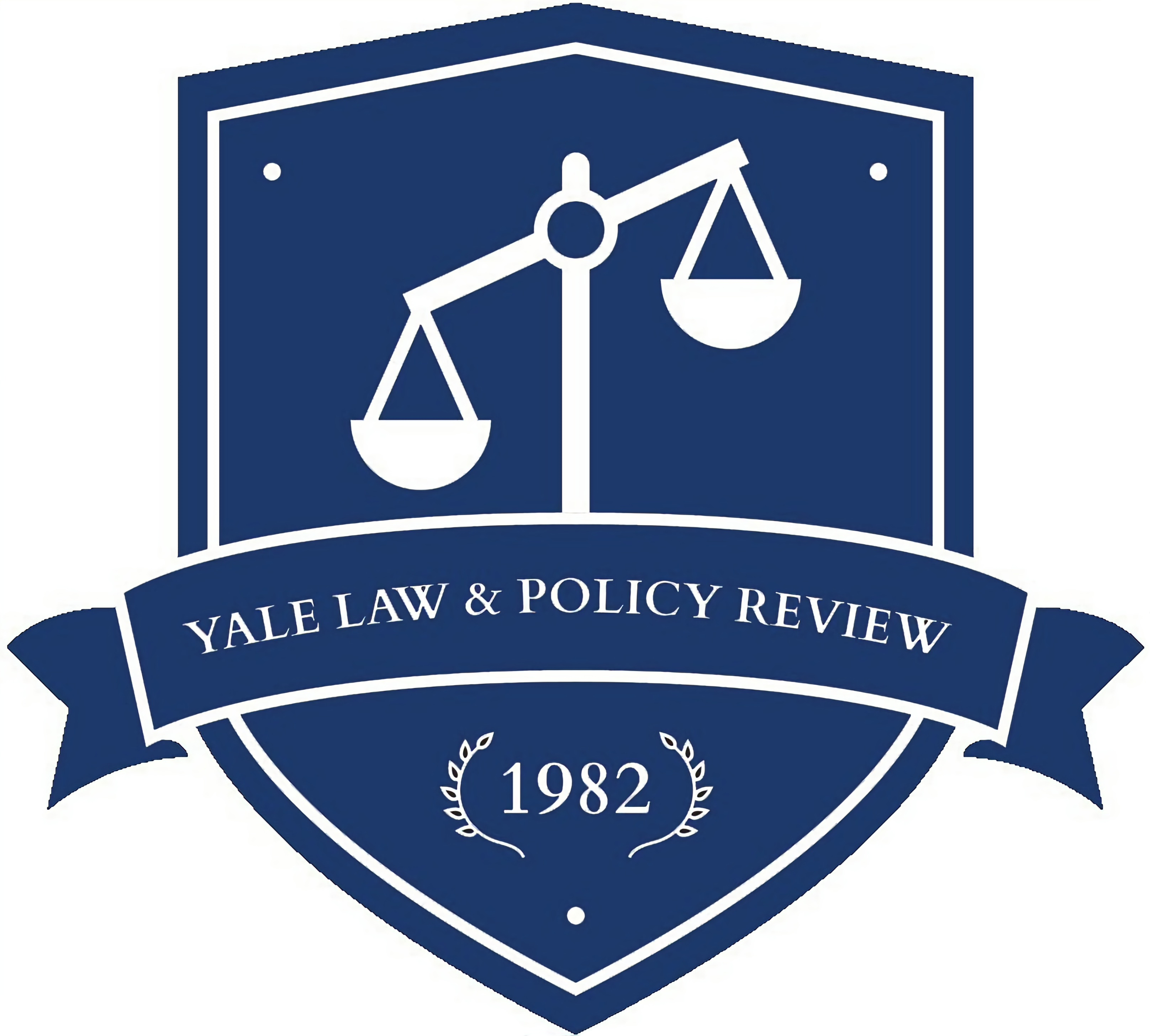When the U.S. Congress passed the Tax Cuts and Jobs Act in 2017 (the “TCJA”), it achieved a significant tax cut for corporations. In doing so, however, Congress simultaneously reshaped the landscape for mixedentity markets—that is, industries like healthcare and education in which nonprofit, for‐profit, and government entities coexist and compete. This is particularly true for the hospital market in which the TCJA’s provisions have subtly but decidedly tilted market conditions towards a for‐profit hospital model.
While scholars may debate the benefits of a nonprofit versus a forprofit entity model, the reality is that the majority of U.S. hospitals, and nearly all critical access hospitals, are nonprofits. Increased financial pressure from for‐profit competitors will likely compel these hospitals to cut critical but unprofitable services—or otherwise find ways to reduce their provision of uncompensated care. This Article contends that, by failing to adequately account for the complex interactions of a mixedentity hospital market, the TCJA will increase the disparity of healthcare services in America. As mixed‐entity markets increase in prevalence, policymakers should carefully consider the nuances of such markets as they debate and implement policies that may not only trickle down but also inadvertently restructure entire industries.
J.D., Yale Law School; B.A., Dartmouth College. I am grateful to Professor Michael Graetz for his guidance and feedback on early drafts of this Article. Many thanks as well to the editors of the Yale Law & Policy Review for their thoughtful comments and careful editing. A special thanks to Dr. Allen Shih for his inspiration and invaluable insights. All errors and omissions are my own.
